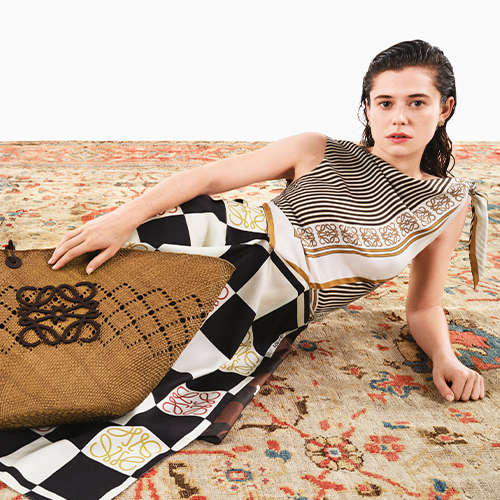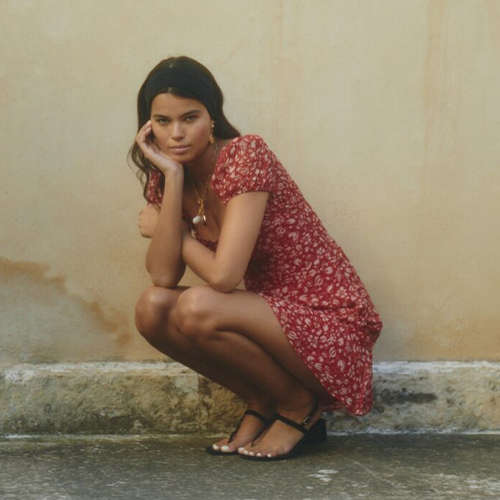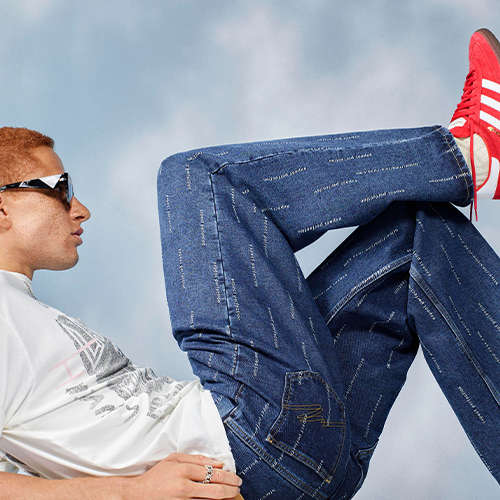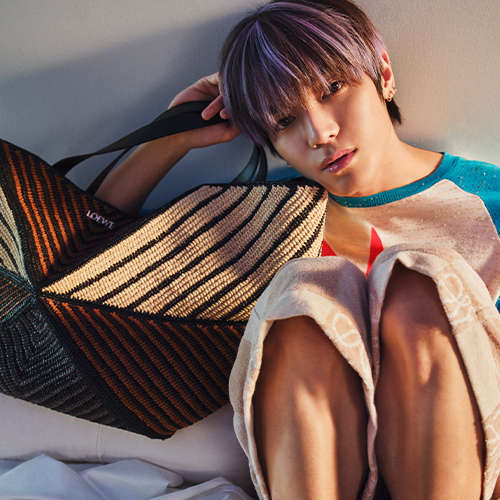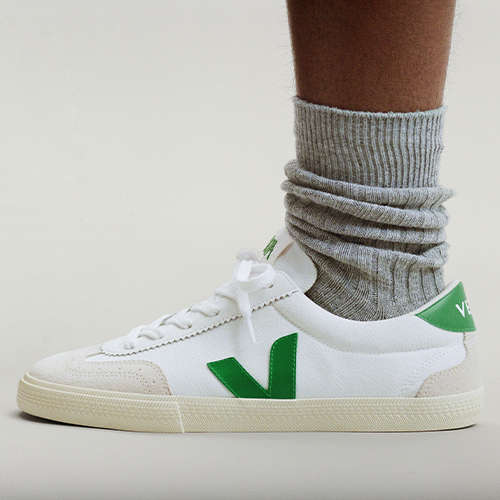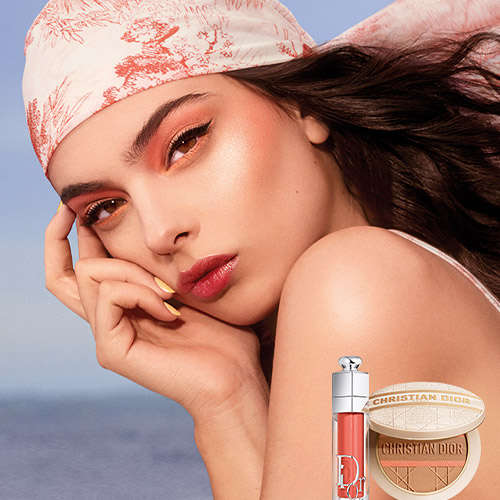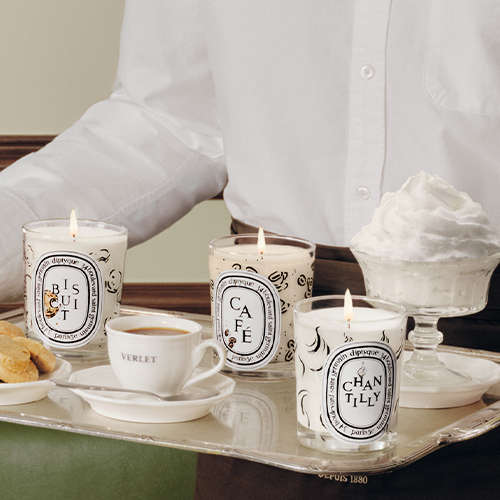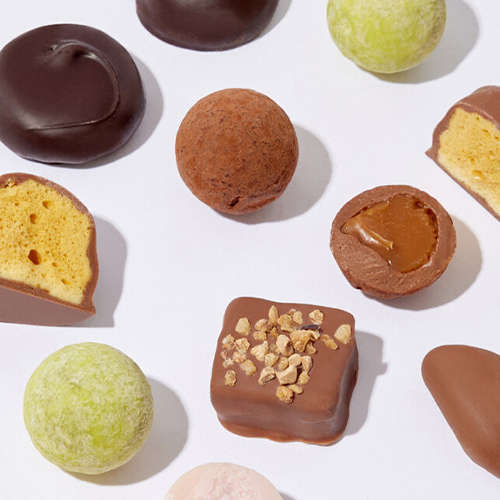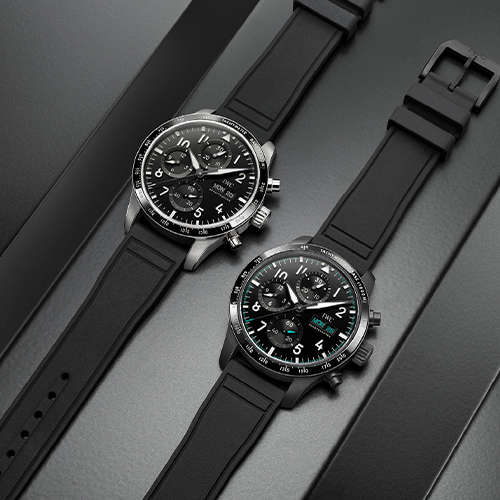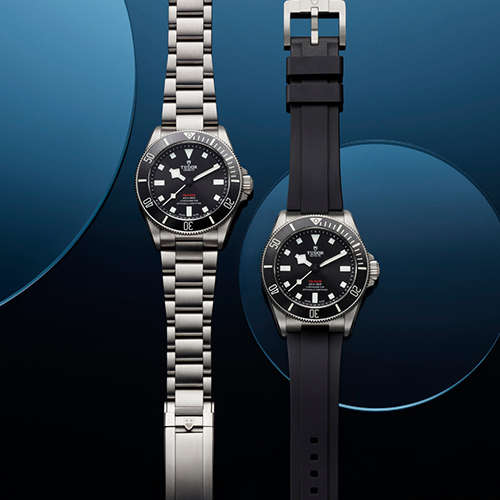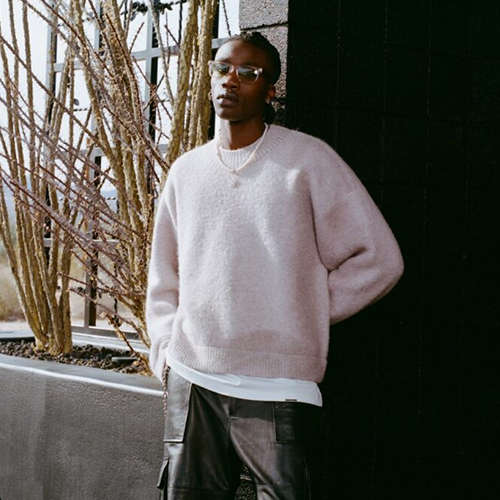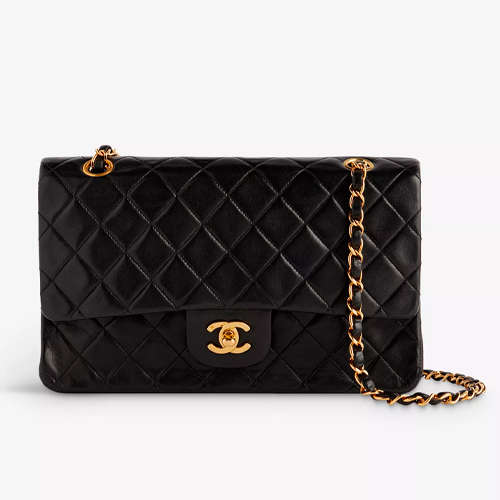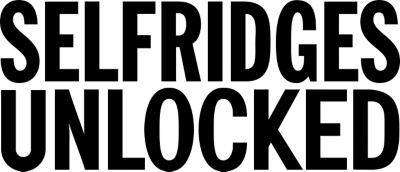- Australia / AUD $
- Canada / CAD $
- China / CNY ¥
- France / EUR €
- Germany / EUR €
- Hong Kong SAR China / HKD $
- Ireland / EUR €
- Italy / EUR €
- Japan / YEN ¥
- Kuwait / USD $
- Macao SAR China / HKD $
- Netherlands / EUR €
- Qatar / USD $
- Saudi Arabia / USD $
- Singapore / SGD $
- South Korea / KRW ₩
- Spain / EUR €
- Taiwan / TWD $
- United Arab Emirates / USD $
- United Kingdom / GBP £
- United States / USD $
- Not yours? Read more
Tell us what you think
Shop in your local currency and language
You are currently in United Arab Emirates AE / USD $ store
- English
- English
- English
- English
- English
- English
- English
- English
- English
- English
- English
- English
- English
- English
- English
- English
- English
- English
- English
- English
- English
Did you know that we deliver to 130 countries or regions and offer a range of delivery options to suit you wherever you are in the world? Find out more
Sign up once to our Selfridges+ service and you can enjoy unlimited deliveries wherever you are in the world. FIND OUT MORE
International delivery
With almost everything on selfridges.com available for International Delivery, you can send your order to 130 countries or regions around the world, including North America, Australia, the Middle East and China.
Although we only offer 20 currencies to browse in online, you can still deliver to all of the following countries or regions:
- Algeria
- Andorra
- Antigua and Barbuda
- Aruba
- Australia
- Austria
- Azerbaijan
- Bahrain
- Bangladesh
- Barbados
- Belarus
- Belgium
- Belize
- Bermuda
- Bolivia
- Botswana
- Brunei
- Bulgaria
- Cambodia
- Canada
- Cayman Islands
- Chile
- China
- Colombia
- Costa Rica
- Croatia
- Cyprus
- Czech Republic
- Denmark
- Dominica
- Dominican Republic
- Ecuador
- Egypt
- El Salvador
- Estonia
- Finland
- France
- French Guiana
- Germany
- Gibraltar
- Greece
- Grenada
- Guadeloupe
- Guatemala
- Guernsey
- Guyana
- Honduras
- Hong Kong
- Hungary
- Iceland
- India
- Indonesia
- Ireland
- Israel
- Italy
- Jamaica
- Japan
- Jersey
- Jordan
- Kazakhstan
- Kenya
- Kuwait
- Laos
- Latvia
- Lebanon
- Lesotho
- Liechtenstein
- Lithuania
- Luxembourg
- Macau
- Malaysia
- Maldives
- Malta
- Martinique
- Mayotte
- Mexico
- Monaco
- Montserrat
- Morocco
- Myanmar
- Namibia
- Netherlands
- New Zealand
- Nicaragua
- Nigeria
- Norway
- Oman
- Pakistan
- Panama
- Paraguay
- Peru
- Philippines
- Poland
- Portugal
- Puerto Rico
- Qatar
- Reunion
- Romania
- Rwanda
- Saint Kitts and Nevis
- Saint Lucia
- Saint Martin (French part)
- San Marino
- Saudi Arabia
- Serbia
- Singapore
- Slovakia
- Slovenia
- South Africa
- South Korea
- Spain
- Sri Lanka
- Suriname
- Swaziland
- Sweden
- Switzerland
- Taiwan
- Tanzania
- Thailand
- Trinidad and Tobago
- Turkey
- Uganda
- Ukraine
- United Arab Emirates
- United Kingdom
- United States
- Uruguay
- Venezuela
- Vietnam
How fashion
rediscovered camp
The theme of this year’s Met Gala, ‘Camp: Notes on Fashion’, promises a wholehearted embrace of all things OTT. Ahead of the red carpet extravaganza, Fashion Writer Osman Ahmed explores why camp is back in fashion.
You may have noticed that fashion has become rather flamboyant in recent seasons. No, we’re not talking about the eternal swinging between minimalism and maximalism, but rather a more wholehearted embrace of all things OTT. Designers have been dreaming up clothes that leap out of an Instagram timeline and grab your attention; we’re talking acres of smocked tulle, fanciful flights of feathers, dramatic Pierrot ruffles, sculptural shark-fin shoulders and more sparkle than the night sky. In other words, fashion has upped the camp factor, just in time for a major exhibition and the event of the year.
Next week, The Metropolitan of Museum of Art in New York will open its doors to ‘Camp: Notes in Fashion’, an exhibition that takes its cue from cultural critic Susan Sontag’s seminal 1964 essay ‘Notes on Camp’, which helped define and explain a creative movement and sensibility with a 58-point guide. Sontag described the essence of camp as its love of the “unnatural: of artifice and exaggeration.”
What could be more camp than an ostentation of celebrities in five-foot-long gowns and Drag Race-worthy make-up?
Clothes that up the camp factor
In light of polarising politics, camp can be a parody of what’s wrong with society… flipping it on its head with irreverence and irony.
Of course, with the arrival of the exhibition comes its opening night, which is the year’s most talked-about fashion event. The Met Gala is presided over by Anna Wintour, and this year co-chaired by Lady Gaga, Harry Styles, Serena Williams and Alessandro Michele. The red-carpet affair – which has been the platform for increasingly outré outfits such as eight-foot-tall feathered wings, giant headdresses and that yellow opera gown that sparked a million Rihanna memes – will be an extension of the exhibition itself. After all, what could be more camp than an ostentation of celebrities in five-foot-long gowns and Drag Race-worthy make-up?
Bags to turn heads
Perhaps the leading arbiter of camp fashion is Jeremy Scott, whose pastiche of American mass consumerism and well-trodden fashion iconography is an irreverent riposte to conventional good taste, beauty and elegance. This season, Scott presented a collection for Moschino that riffed on a dream (or nightmare) that Scott had, in which he was late to his own runway and had nothing but sketches to show. Cue playful ensembles with slapdash scribbles and the put-together styling of the couture shows of yesteryear. In light of polarising politics, camp can be a parody of what’s wrong with society – exaggerated beauty ideals, excessive wealth, traditional notions of gender and identity – flipping it on its head with irreverence and irony.

